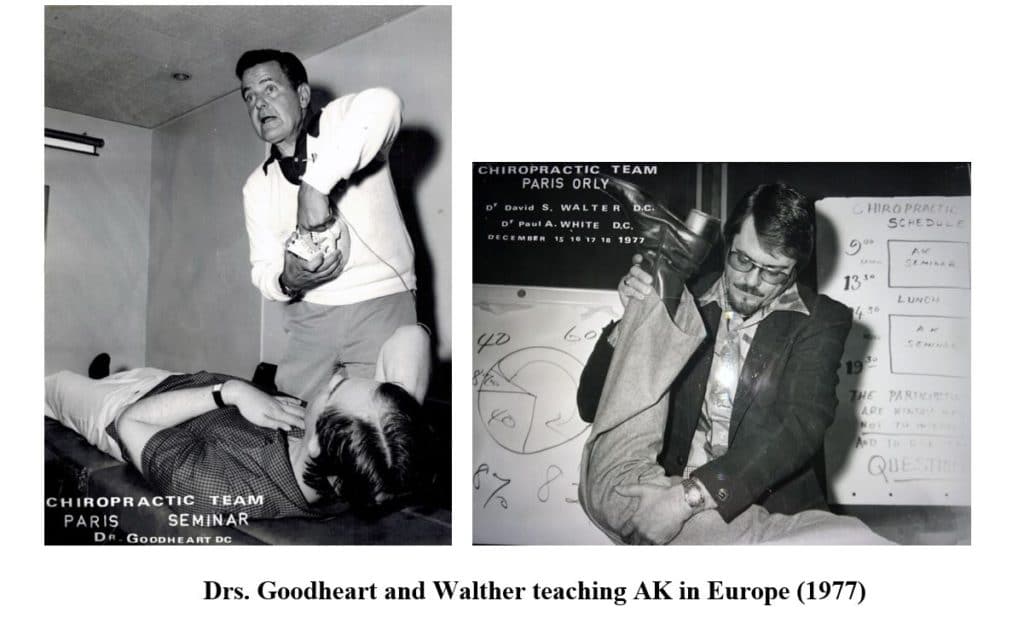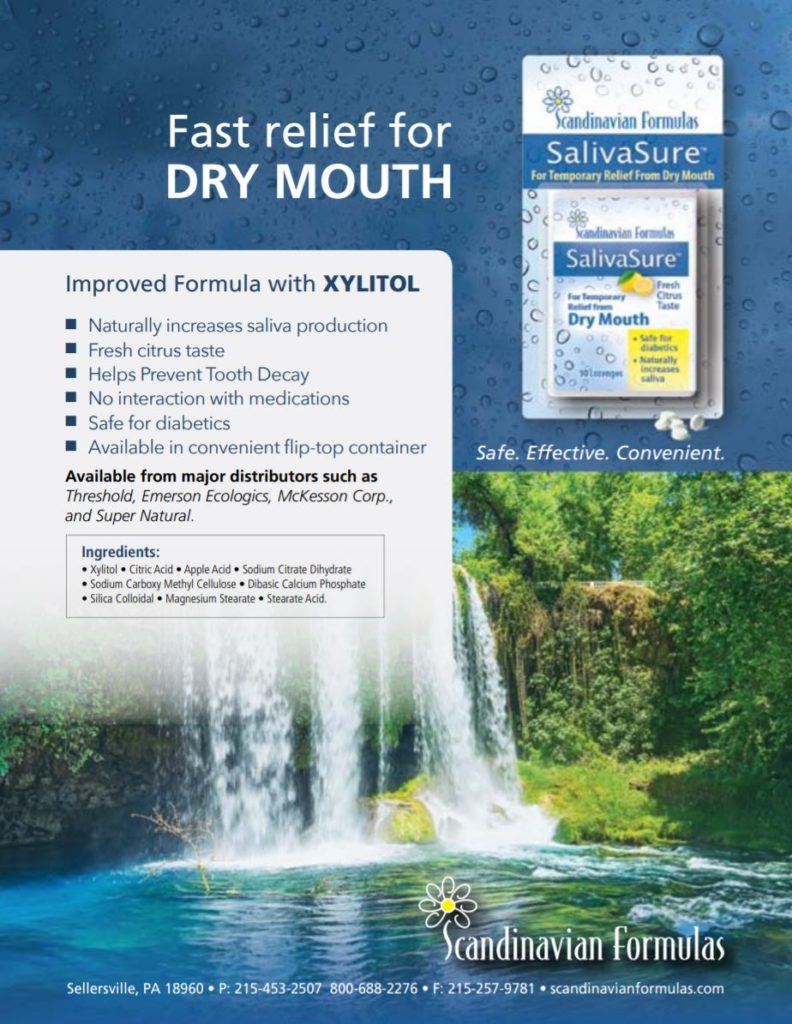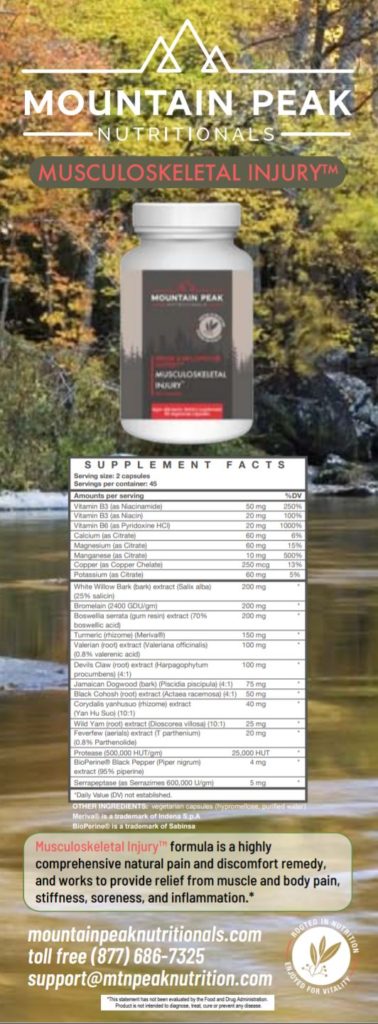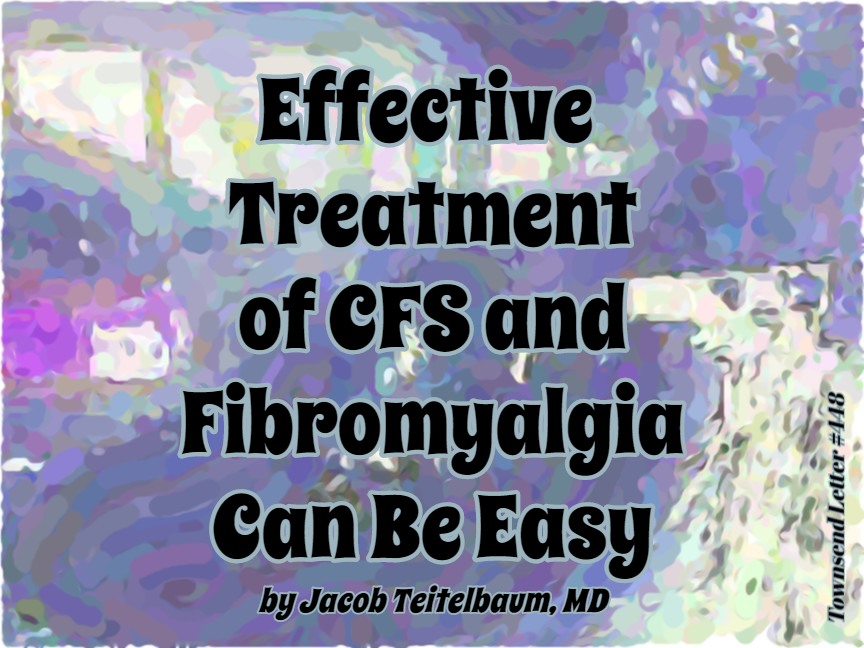…article continued:
Applied Kinesiology Expands Through Europe and Russia
As we have seen above, international lectures by Goodheart as well as group meetings began in Europe in the 1970s. The first European meeting was held in France in 1976. There was a small band of European physicians behind this, including Jean-Pierre Meersseman, Richard Meldener, and Xavier Gillet. One of the first 100-hour courses was organized in 1982 in Interlaken, Switzerland and taught by Dr. David S. Walther. The AIKA (the Associazione Italiana di Italiana Kinesiolgia Applicata) started around the same time as the ICAK-Europe chapter. They allowed only chiropractors, dentists, and medical doctors as members.
Dr. David Leaf sponsored AK ski seminars in France and Switzerland that laid some of the groundwork for the organizational development of ICAK in Europe.
Dr. Joe Shafer was chosen as the first president of the new organization, and he was a diplomate. Dr. Shafer realized that if AK was to grow in Europe, AK needed to include other professional groups, even physiotherapists. The task of getting them into the organization proved to be a challenging one. Dr. Shafer made the plea that if the group failed to include other professions, then the more powerful professions would take AK and run away with it anyway, and then ICAK would have no control of the direction taken.
Dr. Shafer thought that if ICAK could get a ‘foot in the door’ in Europe and permit the other professions to enter into the organization and learn AK methodologies, then it would just be a matter of time before acceptance of the other professions became a common thing, as it is today. Shafer had to get the bylaws passed through the chiropractic “senate” that could have blocked the fledgling start of AK in Europe. Another goal was to get someone from one of the “non-accepted” professions into the administration of the new ICAK-Europe (ECAK) organization. Shafer was able to convince the group to write the bylaws so that osteopaths and physiotherapists could become “non-voting” members. This permitted them to attend ICAK educational seminars, but not have too much influence in the organization. Also, the bylaws required that elected officers of ECAK to have at least one member of each profession represented.

This opened the door for getting the osteopathic profession more involved, with Dr. Chris Astill-Smith playing an important role in this early integration. From the ‘foot-in-the- door’ to equal representation for all professions became just a matter of time. Dr. Astill-Smith went from the editor of the organizational education materials with no voting rights, to secretary, editor, and finally to President of ICAK-Europe.
During the developmental years of ECAK, AK was to be under one European roof. This was difficult because of the language and medical-cultural differences, so it was decided to push the development of an ICAK in every country, and those practitioners without an ICAK in their country could choose the country they wished to be a member in.
Today these ideas have created many more offshoots so that for many, unfamiliar with Goodheart’s chiropractic level of insight and intelligence, his ideas have become discredited in their minds, usually before any real examination, due to poor and sometimes injudicious misuse or expropriation by other leading health professionals. The purpose and the interpretation of the response to any manual muscle test rests with the practitioner, and so in many cases untenable questions may be “asked” of the body using the manual muscle test. There have been many dubious conclusions drawn by various practitioners – both lay-public and licensed professionals – on the basis of seeming change in an” indicator muscle.” Worried patients have been told that their heart, liver, digestive tract, psyche, and kidneys are weak, or that they are allergic to any number of foods, based on a poorly conducted manual muscle test. Dr. Goodheart and the leadership of the ICAK has vehemently and publicly condemned such hasty applications of manual muscle testing, insisting that the manual muscle test is but one indicator of a possible need for further investigation. Goodheart preferred to correlate his findings with objective tests and indicators of many kinds. Applied kinesiology, while successfully adopted by a wide number of clinicians around the world, has not advanced into some professional circles as fast as it might otherwise have been.
Applied Kinesiology in the United Kingdom
A layman by the name of Brian H. Butler was one of the first people (in 1976) to introduce some of Goodheart’s ideas into the UK. Initially trained as a Touch for Health instructor, he became the Touch for Health Foundation’s faculty member for Britain and trained many instructors in England and a large number in Europe. In 1988 he and Stephanie Mills created the charitable organization called the Association for Systematic Kinesiology (ASK). They also set up The Academy of Systematic Kinesiology (TASK), which offered training to lay people. He later hosted the ICAK-USA’s Dr. Sheldon Deal, DC, DIBAK, to teach some of his shortcuts in applied kinesiology to this group.
However, Butler failed to attract many healthcare professionals; and it was not until the early 1980s that an ICAK-accredited Professional Applied Kinesiology course was officially taught by an ICAK Teaching Diplomate in the UK to licensed healthcare professionals.
While both Goodheart and Walther had made brief appearances in the UK, it was not until 1984, under the auspices of the University College of Osteopathy, formally known as The British School of Osteopathy, (BSO), that its post-graduate department ran the first ICAK diplomate- led course in Professional Applied Kinesiology (PAK) in the UK.
Dr. Antony Newbury, president of the International Academy of Oral Medicine and Toxicology, had previously been involved in helping put on a course on the treatment of the temporomandibular joint the year before at the BSO. He had attended a dental seminar on the effect of the TMJ on health, given by Dr George Eversaul in Las Vegas where he had come across PAK.
Newbury was demonstrating AK, and some of those who saw this were “hooked.” Dr. Newbury found Richard Meldener, DC, DIBAK, in Paris as the only AK diplomate in Europe at this time; and it was decided to ask him to teach at the BSO. He first agreed to come and teach some of the post-graduate board the basics, to see if they wanted to set up a complete official post-graduate course. Richard Holding, DO, then a member of the BSO’s post-graduate board, thought they could use the weekend, held at Tony Newbury’s Harley Street office, to see if others were interested. They invited a small group of senior members of the BSO faculty, such as former Dean Colin Dove, DO, and member of the post-graduate board; Stuart Korth, DO, founder of the Osteopathic Centre for Children; and Chris Astill Smith, DO, among others. Richard Holding, DO, was also heavily involved in teaching the Sutherland Cranial Teaching Foundation (SCTF), cranial osteopathic post-graduate courses run each year at the BSO.






